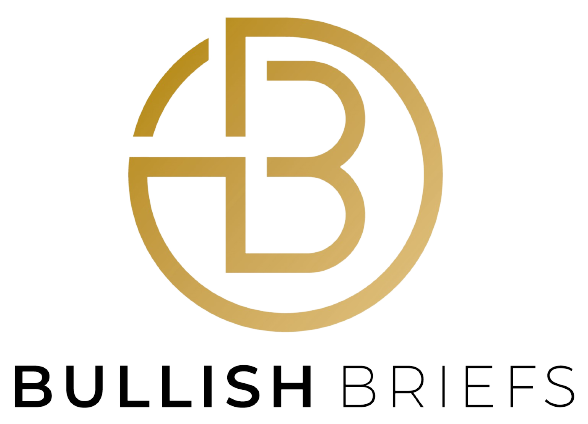The American economy continues to show resilience in the face of global uncertainties, standing as a beacon of economic endurance. The Gross Domestic Product (GDP) real growth rate has thus far remained positive in 2023, marking an annualized rate of about 1.5% to 2.0%. Despite downturns in business sentiment and a slump in business investment, consumer spending has been a reliable buoy, aiding the economy. Nevertheless, it’s worth considering that if the consumer spending rates moderate as anticipated, the U.S. may be on the brink of a modest recession towards the year’s end.
Economic gurus may find relief in the end of the Federal Reserve’s rapid hiking cycle, one of the most aggressive seen in decades. This restrictive monetary policy, which has seen rates surge to an impressive 5.0-5.25% target range since March 2022, appears to be nearing its culmination. Analysts predict one more modest hike before the year ends, coupled with the Fed’s continuing endeavor to shrink its balance sheet by approximately $100 billion monthly.
However, the economic panorama isn’t without its challenges. Inflation, though improving, remains a stubborn issue. With falling energy prices contributing to a decrease in headline inflation, the core metrics, which omit volatile energy and food prices, remain persistently high. This is especially true in the service sectors, hinting at a slow return to the Fed’s 2% target level, likely stretching into late 2024.
While the labor market has demonstrated robustness, the picture isn’t entirely rosy. Unemployment rates are low, but mixed signals are beginning to emerge. Reductions in labor force productivity, a decrease in temporary employment, and a lower quit rate suggest a rebalancing between labor supply and demand. Corporate profit margin pressures could result in decelerated hiring or even reduced headcount in the future.
However, amidst these waves, the U.S. consumer remains a sturdy ship. Although the savings surplus accumulated during the pandemic era is being spent, household balance sheets remain strong, with low delinquency rates for credit card debt and auto loans.
On a positive note, the supply chain bottlenecks that plagued businesses for so long seem to have largely been resolved. Commodity input availability, semiconductor chips, and components are showing signs of sequential improvement. Similarly, the housing market appears to be stabilizing after a considerable drop in activity in 2022, with key indicators such as housing starts, existing home sales, and home builder sentiment beginning to stabilize.
Despite the recent tension surrounding the U.S. debt ceiling, the economy managed to dodge a potential crisis. However, this has resulted in capped government spending in certain areas, which may slightly drag on economic growth in 2024 and 2025.
Other concerns include the forecasted slowing of loan growth from regional banks and mounting challenges in the $4.5 trillion commercial real estate sector. This slowdown and the looming debt maturity could exacerbate the sector’s struggles in the coming quarters.
In the wake of these developments, the performance of equity markets and commodities is expected to face challenges, potentially leading to a more defensive market environment that could support USD strength.
The forecast for the remainder of 2023 points to potential declines in Treasury yields due to high yet moderating inflation rates. This is alongside the forecast of increased capital markets and M&A activity as clarity in the rates and macro outlook improves. As the U.S. navigates through these economic uncertainties, it continues to prove its resilience, making it an economic force to be reckoned with.







